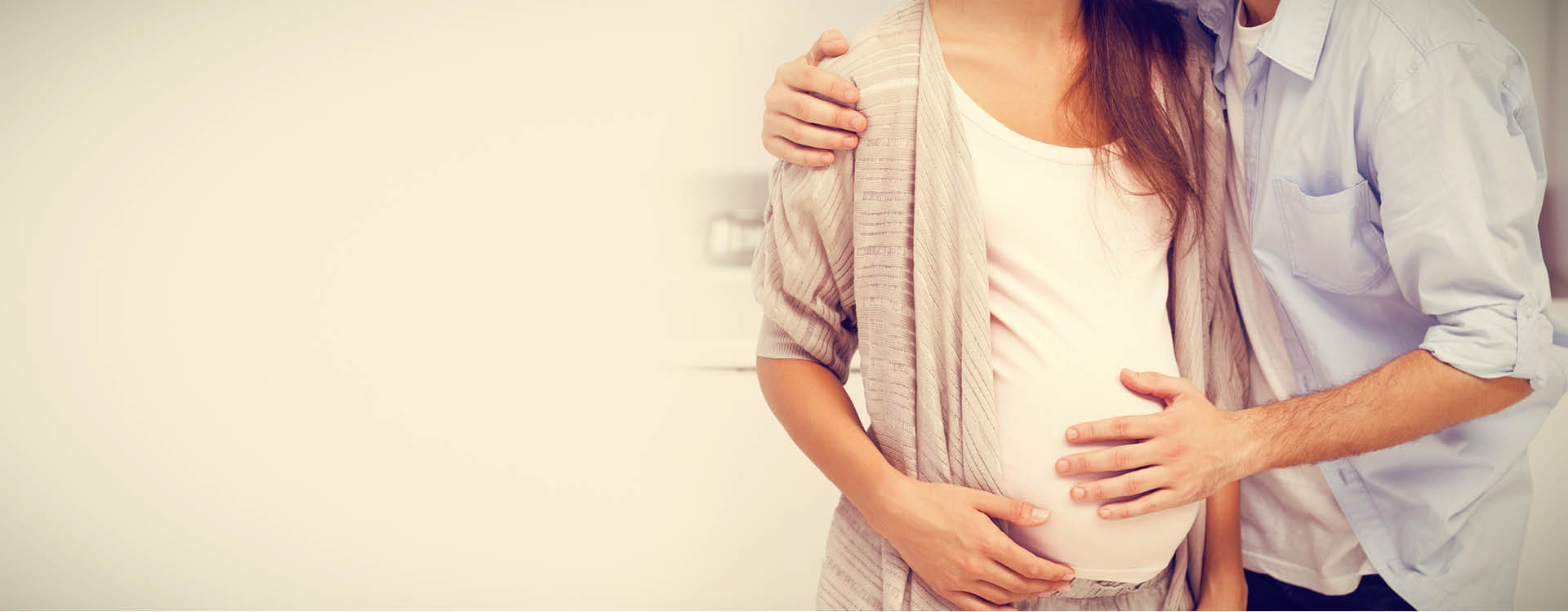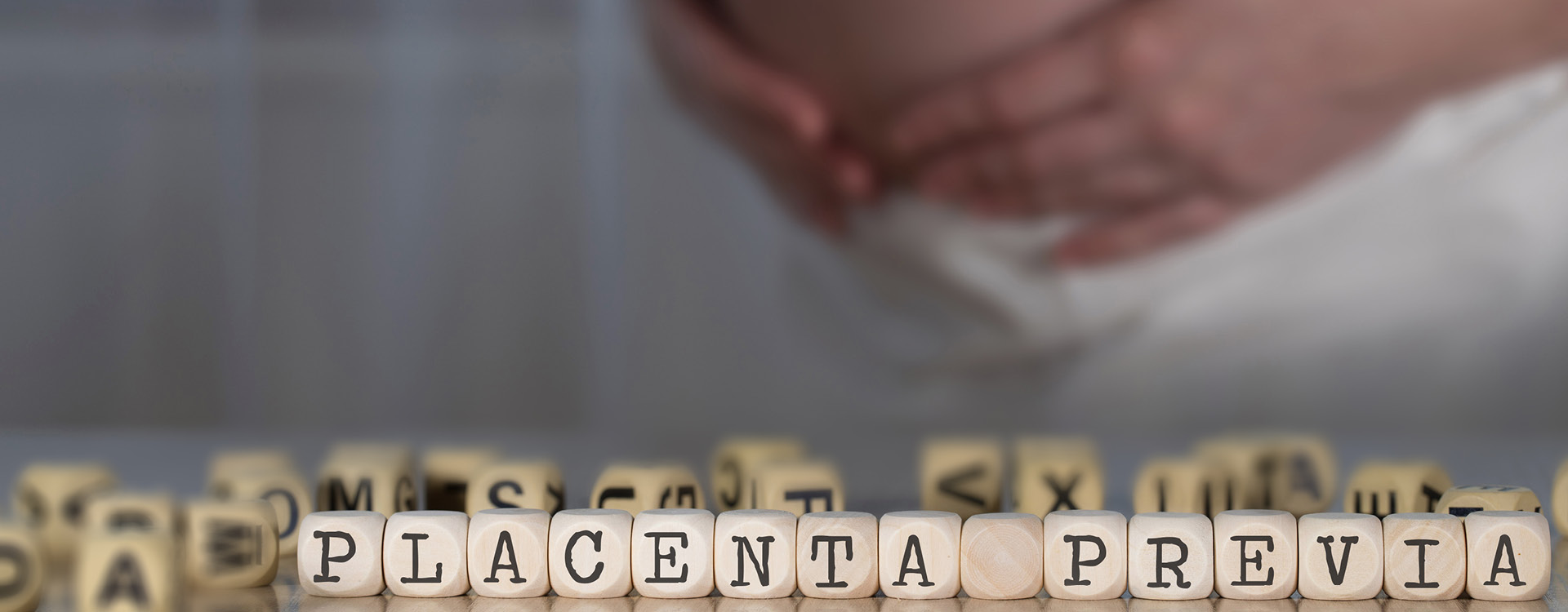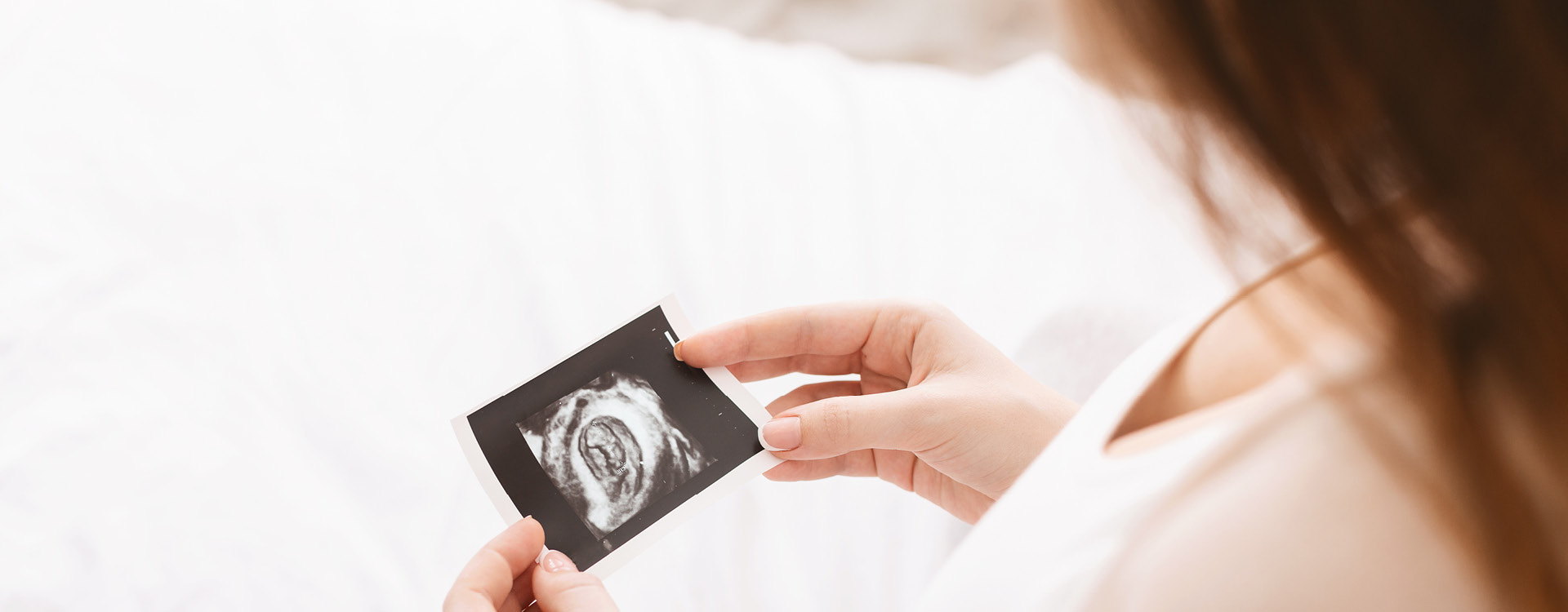The placenta is an amazing, yet transient, organ that facilitates the exchange of oxygen and nutrients between mother and baby without ever mixing them. Where the placenta attaches to the uterus can have a profound effect on the experience of your pregnancy and your delivery.
Generally speaking, as long as the placenta isn’t low lying or covering the cervix, the placenta can attach to the front (anterior), back (posterior), sides (lateral), or top (fundal) of the uterus and still result in a normal pregnancy and delivery.
What Is a Posterior Placenta?
A posterior placenta is attached to the back wall of the uterus. This is the second most common placenta location, after anterior placentation. Because the placenta is closer to your spine, you may feel the baby’s movements earlier and stronger with a posterior placenta.
What Does a Posterior Placenta Mean?
From a medical perspective, there isn’t a lot of research studying placenta location and pregnancy outcomes in general. Most of the research on placentation seeks to determine if placental disorders are associated with certain placenta locations, or assess the pregnancy outcomes associated with placental disorders such as placenta previa (when the placenta is covering the cervix) or placenta accreta (when the placenta implants too deeply in the uterine wall).
A Swedish study published in 2019 noted this gap in the research [*]. It compared the pregnancy, delivery, and infant outcomes of 74,087 regional women giving birth to their first child between 2008-2014 with the location of their placenta noted on their second trimester ultrasound to see if any associations existed. The data was adjusted for factors such as maternal age, maternal country of birth, smoking in early pregnancy, IVF pregnancy, and the sex of the infant.
The study found posterior placentation to carry the fewest negative outcomes (preterm birth, small-for-gestational-age birth, manual removal of the placenta in vaginal births, preeclampsia, postpartum hemorrhage) compared to lateral, fundal, and anterior locations.
One of the limitations of this study noted by the authors is that the location of the placenta isn’t always completely posterior, anterior, lateral, or fundal; The placenta can attach anywhere. Further, the classifications for placental location are not standardized internationally across the various studies. Some studies consider how high or low the placenta implants [*].
Is There a Link Between the Baby’s Sex and the Location of the Placenta?
One Iranian study from 2014 studying 200 women found that among those with an anterior placenta, 72.8% had baby girls [*]. But there is no scientific evidence at this time that supports an association between placenta location and the sex of the baby.
If you need to know the sex of your baby early on due to the possibility of a heritable disease, ask your doctor about non-invasive prenatal testing (cffDNA). It tests the DNA in the mother’s plasma in the first trimester and determines the sex of the fetus with 96.7% accuracy [*].
Is a Posterior Placenta Normal?
Yes, a posterior placenta is normal. It is the second most common location for the placenta, just after anterior. It offers the fetus an easy transition into the birth canal for delivery.
It’s rare to have complications associated with a posterior placenta, but one study did note an increased risk of preterm labor with posterior placentation [*]. Other blogs are keen to label this assertion a myth while citing this same 2013 study.
How Is a Posterior Placenta Diagnosed?
The placenta develops where the fertilized egg implants into the uterine wall. While scientists don't really know for sure why the placenta implants where it does, they speculate that it may gravitate toward the back and top of the uterus for access to blood vessel rich areas [*].
Studies have also shown an association with the mother’s sleep position, blood pressure, and blood type [*][*].
The location of your placenta can change as your pregnancy progresses. Doctors use ultrasound to determine where the placenta is located and to monitor its movement during your pregnancy. The position of the placenta can be seen as early as 10 weeks’ gestation, where it looks like a thickened rim of tissue around the womb.
About 10-15% of placentas are considered low-lying at the 18-20 week ultrasound but only 0.5% are still low-lying at term.
Posterior vs. Anterior Placenta
An anterior placenta is attached to the front wall of the uterus up against the mother’s abdomen; The posterior placenta is attached to the back wall.
With an anterior placenta, the padding of the placenta against the mother’s tummy may make it harder to feel the baby’s movements. If the baby’s spine is up against the mother’s spine, it can result in more back pain and a more painful labor as well. With the posterior placenta, you may feel the baby’s movements earlier and stronger.
While it’s not considered a cause for concern, anterior placentation may be associated with a later onset of labor, a higher rate of induction and c-section, and postpartum complications [*].
Posterior Placenta Complications
Posterior placenta complications are rarely seen. As noted earlier, one study notes an increased risk of preterm labor with posterior placentation [*]. In cases where the placenta is also low lying or covering the uterus (previa), the posterior location may be of concern.
The placenta doesn’t actually move from wherever it implanted but it does change position as the uterus expands with the growth of the fetus. Most placentas move to the top or side of the uterus by 32 weeks gestation. The placenta is less likely to migrate upwards as the fetus expands between the second and third trimester when it is located posterior vs. anterior [*][*].
How Does a Posterior Placenta Affect Delivery?
Generally, women who have posterior or anterior placentas go on to have normal vaginal deliveries. A posterior location may be an advantage insofar as the baby has a smooth route to the birth canal for delivery.
And the bigger issue isn’t front or back, but how low the lower edge of the placenta extends. If it’s low enough to cover part of the cervix, it can prevent the baby’s head from exiting and require a c-section to avoid serious hemorrhaging.
Posterior Placenta FAQ
Is it good to have a posterior placenta?
Yes. Posterior placenta typically offers baby a smooth exit and there are few complications associated with it, other than a reluctance to migrate upwards when it is low-lying and posterior.
Does posterior placenta mean more back pain?
No, women who have an anterior placenta with the baby resting against their spine are more likely to experience back pain.
Do you feel more kicks with posterior placenta?
Yes, you may feel the baby’s movements earlier and stronger with a posterior placenta.
How early can you feel baby with a posterior placenta?
On average, you may start to feel the baby between 17-19 weeks.
Can you see a posterior placenta on ultrasound?
Yes, the placenta location can be seen at the 12 week scan. As the baby grows, the location will usually migrate upwards so don’t be alarmed if the placenta is low at the 12 week scan.
How is posterior placenta treated?
There is no treatment that can change the position of the placenta once implanted. There is also no need to treat a posterior placenta, it is common and in some ways, advantageous.
What are the risks of posterior placenta?
There are few risks associated with a posterior placenta unless it is also low lying or covering part of the cervix. In those scenarios, your care team will monitor its movement closely and formulate a delivery plan accordingly.
Should You Save Placental Tissue?
While we’re on the subject of the placenta, we’d like to note that some private cord blood banks offer placental tissue banking. We don’t, for a very good reason: it’s unethical.
Cord tissue and placental tissue both contain mesenchymal stem cells (MSCs), which can differentiate into many kinds of cells (skin, bone, fat, muscle, cartilage, and organ cells) and suppress the body’s immune response, making them prized in regenerative medicine.
The best place to harvest MSCs is from the umbilical cord tissue, not the placenta, to avoid cross-contamination with the mother’s cells. MSCs captured from cord tissue can be expanded exponentially, providing a virtually unlimited supply. So placental tissue banking adds cost for no real benefit.
To learn more about the benefits of banking your baby’s cord blood and tissue with an honest and ethical cord bank, download MiracleCord’s Free Info Kit or give us a call at 888.743.2673.
The Bottom Line
Once the placenta implants, there is no changing its position in the womb, but it’s really amazing how many different locations the placenta can sustain the infant from.
While the posterior placenta is not the most common location, it seems to be the least complicated, medically speaking.
DISCLAIMER: THE INFORMATION ON THIS WEBSITE IS NOT INTENDED TO BE USED AS MEDICAL ADVICE.The materials and information contained on the MiracleCord website is provided for educational and informational purposes only, and is not intended to, and does not constitute, medical or other health advice or diagnosis, and should not be used as such. You should not use this information to diagnose or treat a health problem or disease. If you are seeking personal medical advice, you should consult with a licensed physician. Always consult with a qualified health care provider regarding a medical condition.




